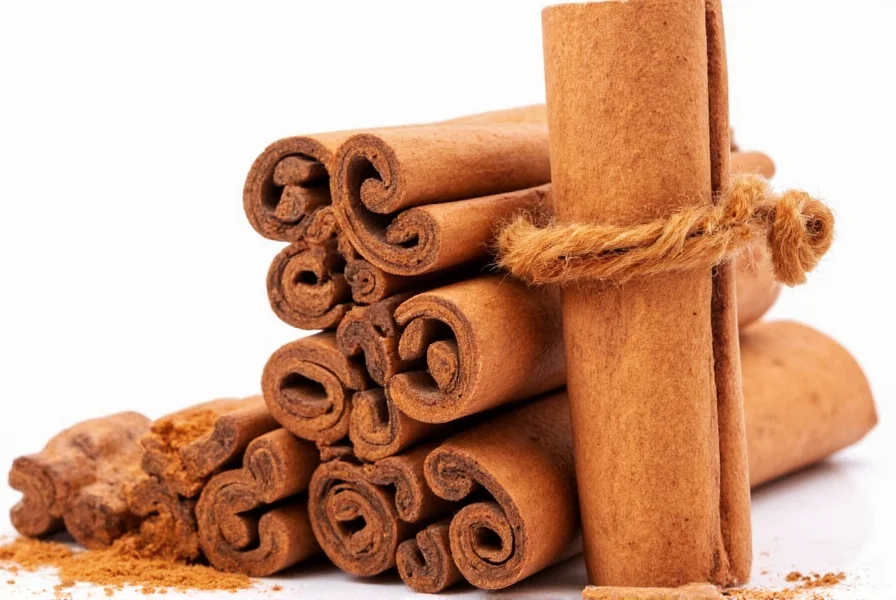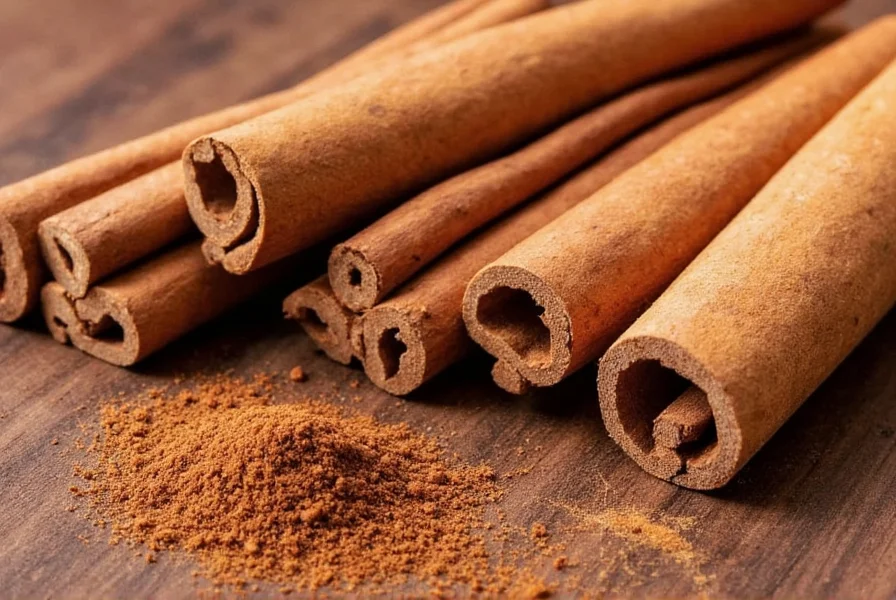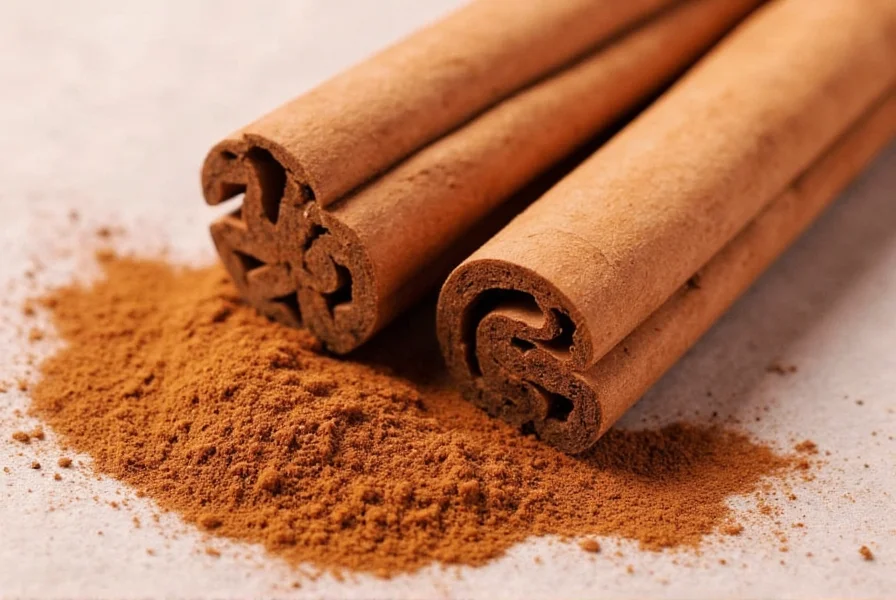Recent testing by the U.S. Food and Drug Administration (FDA) has confirmed dangerous levels of lead in select cinnamon products available in American markets. The contamination appears to be concentrated in certain imported ground cinnamon varieties, with particular concern for products containing elevated levels of lead chromate—a toxic compound sometimes improperly used to enhance the spice's color and appearance.
This public health concern emerged prominently in early 2024 when routine FDA testing identified lead levels exceeding safety thresholds in multiple cinnamon products. The agency determined that some suppliers were deliberately adding lead chromate to cinnamon powder to improve its visual appeal, creating significant health risks for consumers, especially children who are more vulnerable to lead exposure.
Understanding the Scope of Cinnamon Contamination
The FDA's investigation revealed that the lead contamination issue primarily affects certain imported cinnamon products, with testing showing lead levels as high as 1,300 parts per million (ppm) in some samples—far exceeding the FDA's recommended limit of 2.5 ppm for candies likely to be consumed by children.
While not all cinnamon products are affected, consumers should be particularly vigilant about:
- Imported ground cinnamon from certain regions
- Cinnamon-flavored children's foods
- Products with unusually bright red-orange coloration
- Brands that have issued voluntary recalls
| Affected Product Type | Reported Lead Levels | Primary Risk Group |
|---|---|---|
| Ground cinnamon (imported) | Up to 1,300 ppm | All consumers |
| Cinnamon apple instant oatmeal | 20-100 ppm | Children |
| Cinnamon supplements | Variable (some exceeding limits) | Regular supplement users |
Health Risks of Lead Exposure from Contaminated Cinnamon
Lead is a neurotoxin with no safe level of exposure, particularly concerning for children's developing nervous systems. Chronic exposure to even low levels of lead can result in:
- Reduced cognitive function and IQ in children
- Behavioral problems and learning difficulties
- Developmental delays
- Cardiovascular issues in adults
- Kidney damage with prolonged exposure
The risk is especially elevated for children who regularly consume cinnamon-flavored products like instant oatmeal or snacks. Because lead accumulates in the body over time, repeated exposure to contaminated cinnamon—even in small amounts—can lead to dangerous buildup.

Regulatory Response and Product Recalls
Following the discovery of lead contamination, the FDA has worked with manufacturers to initiate multiple voluntary recalls. As of mid-2024, several major retailers have removed affected products from shelves, and the agency continues to monitor imports more closely.
Consumers can check the FDA's website for the most current list of recalled products. The agency recommends:
- Checking product lot numbers against recall lists
- Contacting manufacturers with questions about specific products
- Reporting suspected contaminated products to the FDA
- Disposing of any recalled products immediately
How to Protect Yourself and Your Family
While the majority of cinnamon products on the market remain safe, consumers should take these precautionary steps:
- Verify product sources - Choose cinnamon from reputable suppliers with transparent sourcing practices
- Check recall lists regularly - Monitor the FDA website for updated recall information
- Examine product appearance - Be wary of cinnamon with unnaturally bright or uniform color
- Limit children's exposure - Reduce consumption of cinnamon-flavored children's products until confirmed safe
- Consider alternative spices - Temporarily substitute with other spices when appropriate
For parents concerned about potential exposure, consulting a healthcare provider about blood lead level testing may be advisable, especially for children who regularly consumed cinnamon products before the recalls.

Industry Changes and Future Prevention
In response to the contamination incidents, the spice industry is implementing stricter testing protocols and supply chain verification processes. Many reputable manufacturers are now conducting third-party heavy metal testing on all incoming cinnamon shipments.
Consumers can look for products with:
- Clear country-of-origin labeling
- Third-party testing certifications
- Transparent supply chain information
- Membership in spice safety initiatives
While regulatory oversight has improved, consumer vigilance remains essential when purchasing cinnamon products, particularly those marketed for children or used in products consumed regularly.
Frequently Asked Questions
Which specific cinnamon products have been recalled due to lead contamination?
Multiple brands of ground cinnamon and cinnamon-flavored products have been recalled, particularly certain lots of apple cinnamon instant oatmeal. The FDA maintains an updated list of recalled products on their website, including specific brand names, product descriptions, and lot numbers. Consumers should check this list regularly as new products may be added to recalls.
How can I tell if my cinnamon contains lead without laboratory testing?
While definitive identification requires laboratory testing, products with unnaturally bright or uniform red-orange color may indicate potential adulteration with lead chromate. Check for official recall notices matching your product's brand, size, and lot number. When in doubt about a specific product, contact the manufacturer directly or consult the FDA's recall database before consumption.
What should I do if I've already consumed cinnamon products that may be contaminated?
If you've consumed potentially contaminated cinnamon, stop using the product immediately and check if it's included in official recalls. For most adults who consumed small amounts occasionally, the risk is relatively low. However, parents of children who regularly consumed affected products (like cinnamon-flavored oatmeal) should consult a healthcare provider about blood lead level testing, as children are more vulnerable to lead's effects.
Are organic cinnamon products safe from lead contamination?
Organic certification does not guarantee freedom from lead contamination. The issue stems from soil conditions and potential adulteration practices, not farming methods. Both conventional and organic cinnamon products have been affected. The safety depends on the specific product's testing results and supply chain controls, not its organic status. Always verify against current recall lists regardless of organic labeling.
How can I find lead-safe cinnamon products in stores?
Look for cinnamon products from reputable brands that provide transparent sourcing information and third-party testing verification. Major grocery chains have removed recalled products, but consumers should still check lot numbers against FDA recall lists. Products with certifications from independent testing organizations or those specifying single-origin from regions with strict agricultural controls are generally safer choices during this contamination concern.











 浙公网安备
33010002000092号
浙公网安备
33010002000092号 浙B2-20120091-4
浙B2-20120091-4